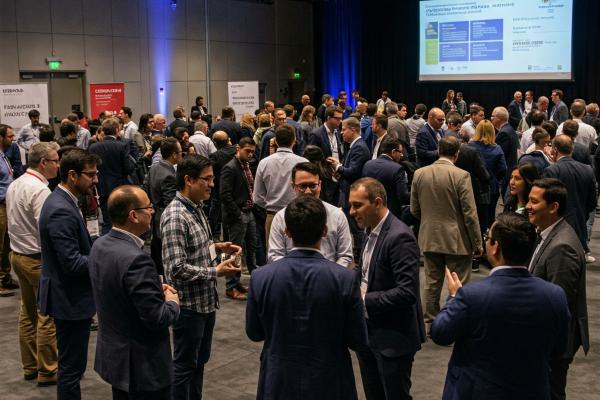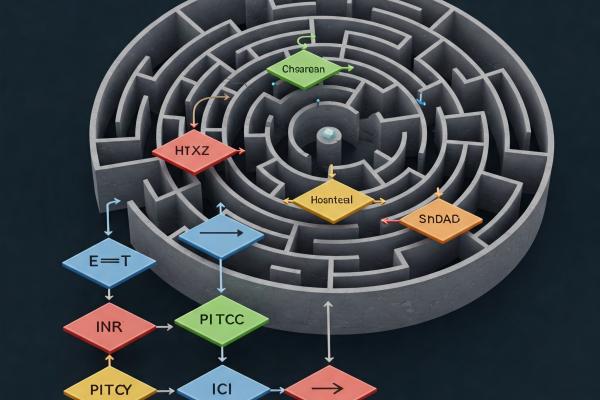Level Up Your Event: Feedback loop in the Digital Age (Optimizing Innovative Events Series - 5)
-
Home
-
Event Consulting
-
Level Up Your Event: Feedback loop in the Digital Age (Optimizing Innovative Events Series - 5)

Level Up Your Event: Feedback loop in the Digital Age (Optimizing Innovative Events Series - 5)
In the dynamic world of professional events, innovation isn't a one-time spark; it's a continuous flame. To keep that flame burning bright, we need to master the art of the feedback loop. This isn't just about collecting opinions; it's about transforming those opinions into actionable insights that drive evolution. As part of our "Optimizing the Management of Innovative Events for Professionals" s

Why is Feedback Crucial?
Think of your events as living, breathing entities. They need nourishment to grow and adapt. That nourishment comes from understanding what resonates with your audience and what falls flat. Implementing a robust feedback loop allows you to:
- Enhance Efficiency: Streamline processes based on real-world experiences.
- Meet Evolving Expectations: Stay ahead of the curve by adapting to changing needs.
- Build Stronger Relationships: Show attendees and clients that their opinions matter.
Here's a breakdown of how to construct a powerful feedback loop:
1. Collect Feedback from Multiple Sources:
Don't rely on a single perspective. Gather input from:
- Attendees: Through surveys, polls, and direct conversations.
- Clients: Via formal reviews and informal discussions.
- Your Team: Including event staff, speakers, and volunteers.
- Social Media: Analysis of comments and posts.
- Post Event Analytics.
2. Analyze Feedback with a Clear Goal:
Raw data is useless without context. Define what you want to learn:
- Identify key areas for improvement.
- Understand what aspects were most successful.
- Pinpoint emerging trends and preferences.
- Are there any pain points that are repeatedly brought up?
3. Implement Feedback with a Plan:
Turn insights into action with a concrete plan:
- Prioritize feedback based on impact and feasibility.
- Assign responsibilities and set deadlines.
- Document changes to processes and procedures.
- Create a timeline of changes.
4. Test and Measure the Results:
Don't assume changes will work. Track the impact of your implementations:
- Use metrics to measure improvements in attendee satisfaction, engagement, and ROI.
- Gather feedback on the implemented changes.
- Use A/B testing when applicable.
5. Share and Celebrate the Feedback:
Acknowledge the contributions of everyone involved:
- Share key findings and implemented changes with attendees, clients, and your team.
- Celebrate successes and recognize valuable feedback.
- Show that the feedback has directly impacted the event's evolution.
6. Here’s what else to consider:
- Timing: Gather feedback immediately after the event while it's fresh in everyone's minds.
- Technology: Utilize online survey tools and analytics platforms to streamline the process.
- Personalization: Tailor feedback requests to specific audience segments.
- Transparency: Be open about how feedback will be used and what actions will be taken.
- Consistency: Make feedback collection and analysis a regular part of your event management process.
- Flexibility: Be ready to change plans when new and important information arises from the feedback.
By embracing the feedback loop, you can transform your professional events from good to exceptional. Remember, continuous improvement is the key to creating innovative and impactful experiences that resonate with your audience.
Share this post:
Related Posts

We've talked tech, we've dissected data, and we've explored the myriad ways to optimize innovative e...

In the high-stakes world of professional events, innovation isn't just about cutting-edge content or...

We've all been there. The "innovative event" – a buzzword-laden promise of groundbreaking ideas, net...


